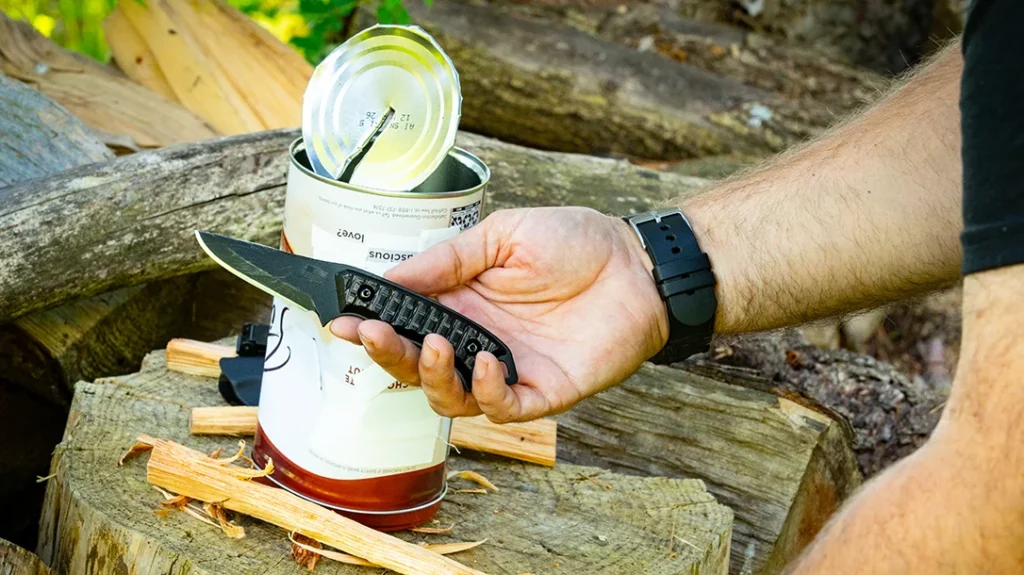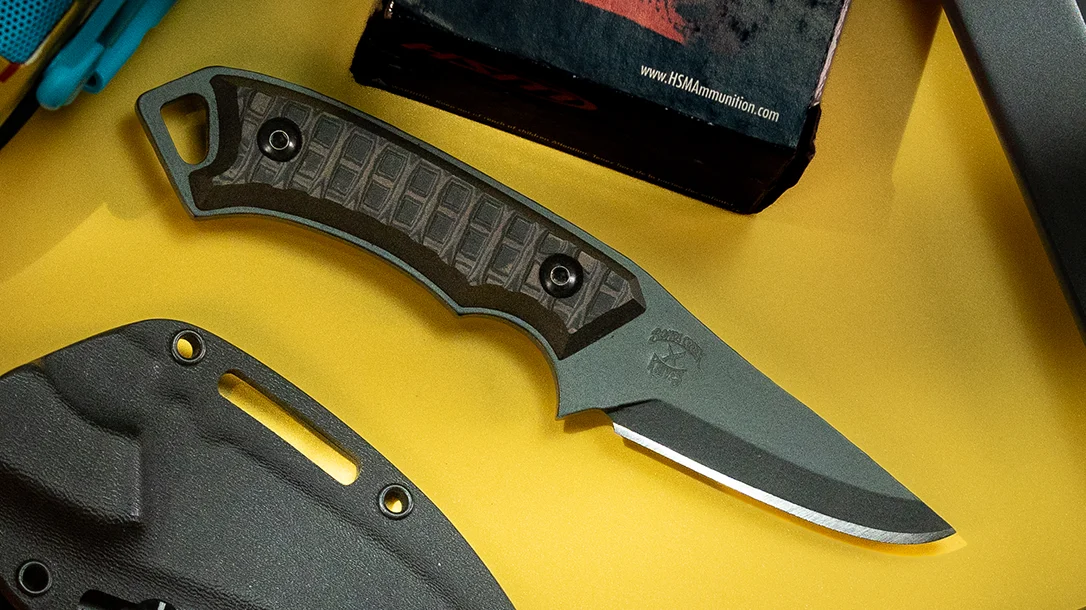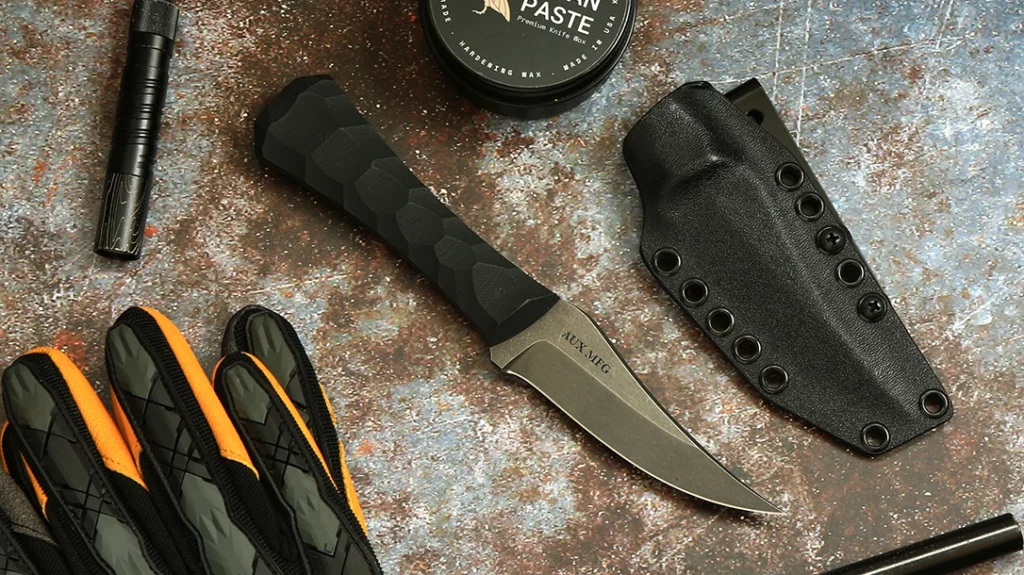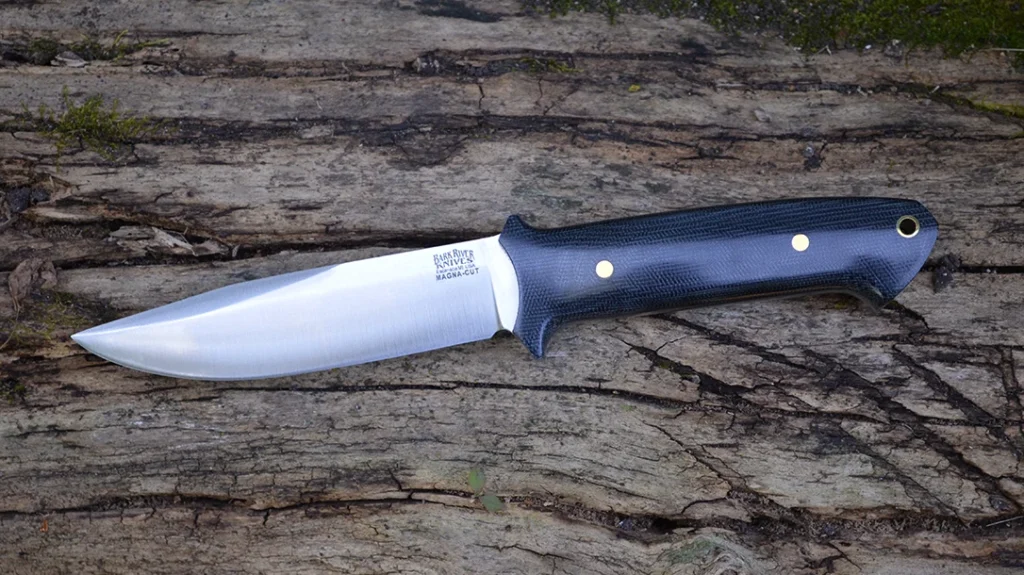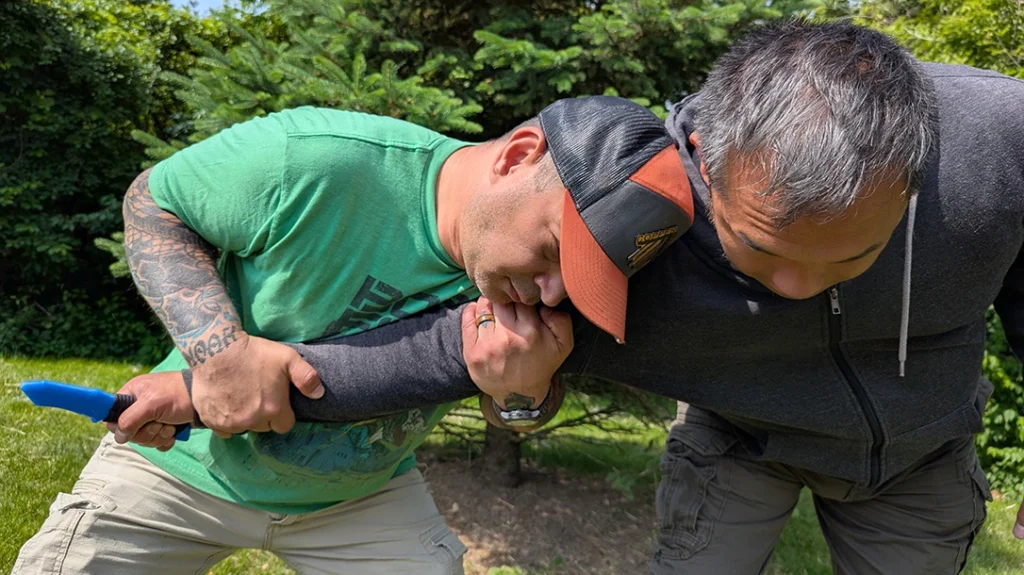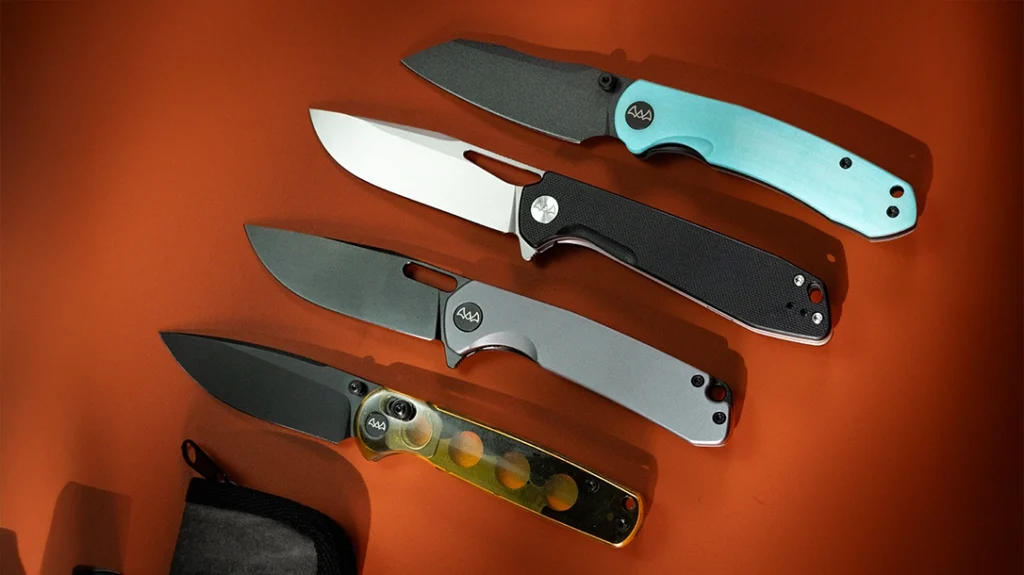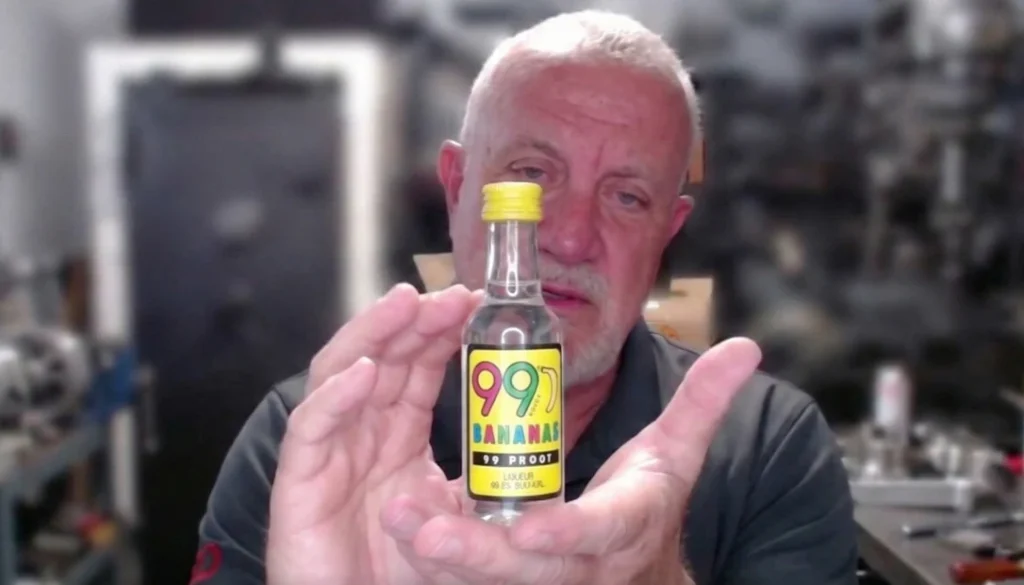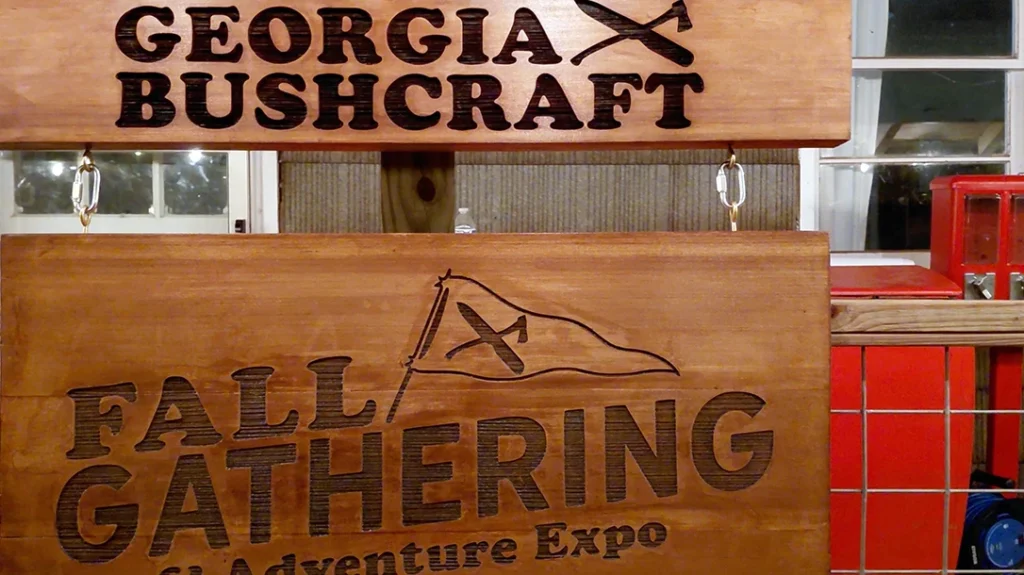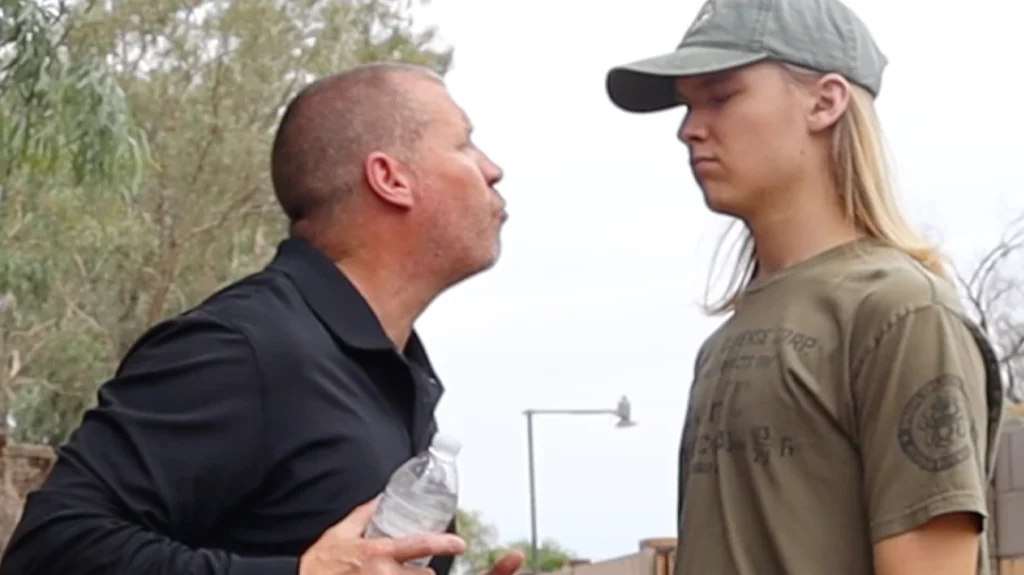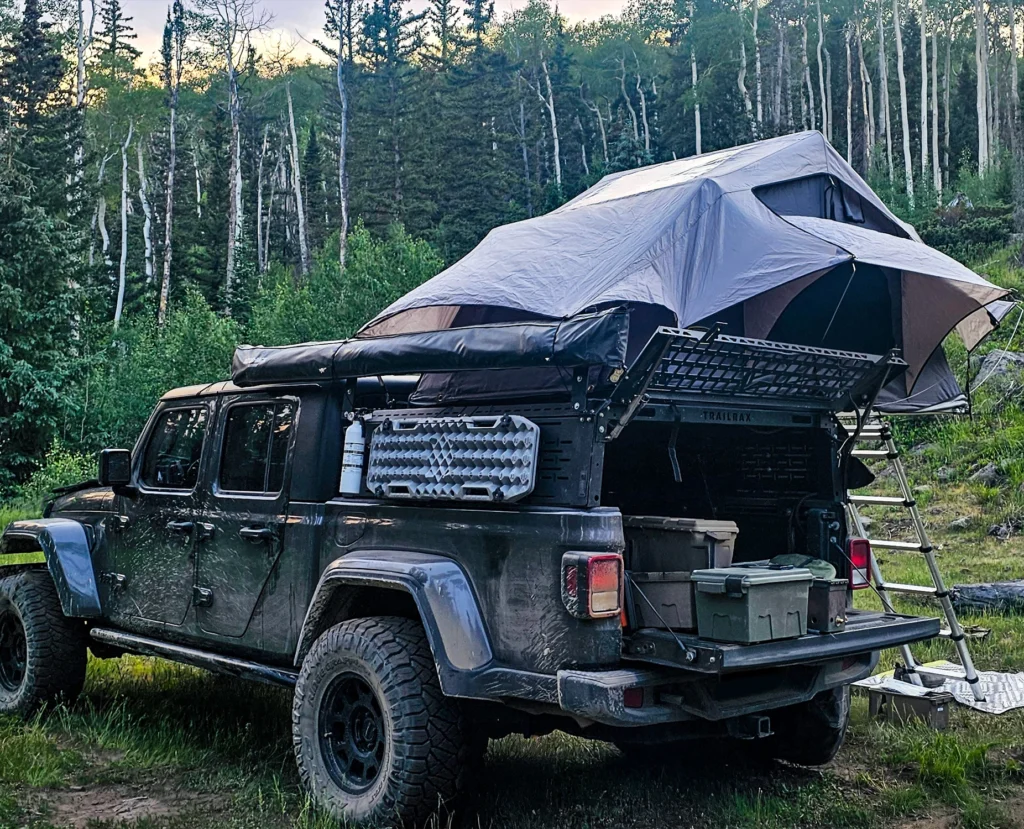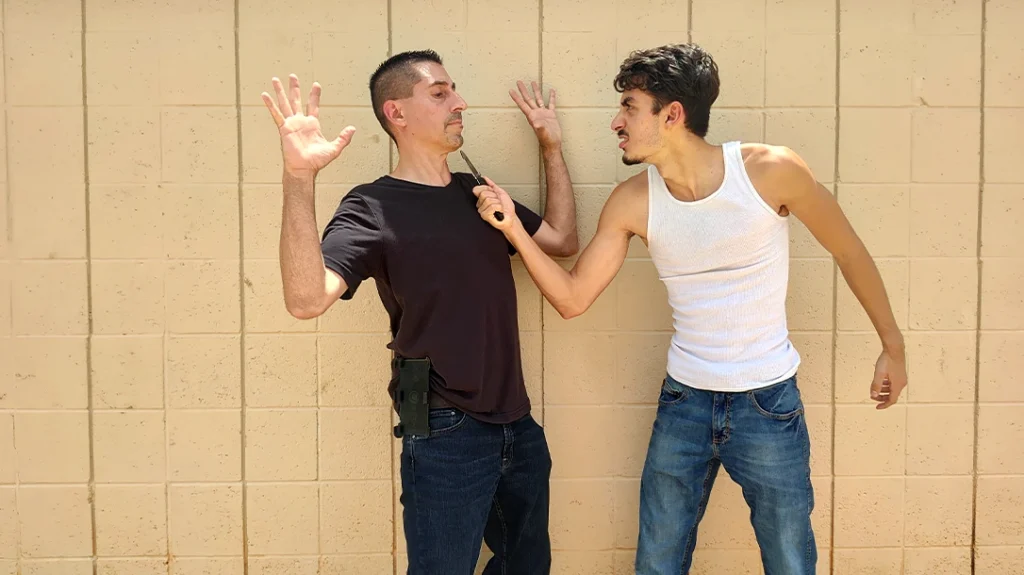I spend a lot of time outdoors teaching students how to get real work done with simple tools. So, I hear the phrase “hard-use” more than I care to admit. Many knives wear that label and wilt the first time you baton a knotty round or pry a stubborn lid. I approached the Bonds Creek Badger with the same skepticism. After a few weeks of field time, I can say this compact fixed blade holds its ground as a true “adventure” knife, and it does it without complaint.
First Impressions of the Bonds Creek Badger
The Badger arrives in clean, confidence-building packaging, not the kind that screams “you paid for cardboard.” Inside, you get the knife in its sheath, a warranty card, and a couple of stickers for the gear bin. That is the right level of show, all substance and no fluff.
Carrying the Badger
The vacuum-formed Kydex sheath is the first hint that Bonds Creek sweats details. It is thin where it should be thin, measuring about .285 inches across the blade coverage. Likewise, it has clean molding that grips securely without scuffing the edge.
Advertisement — Continue Reading Below
Retention gives you that audible and tactile click, and there is no rattle when you move. The Ulti-Clip mounting is an excellent choice for a knife in this size class.
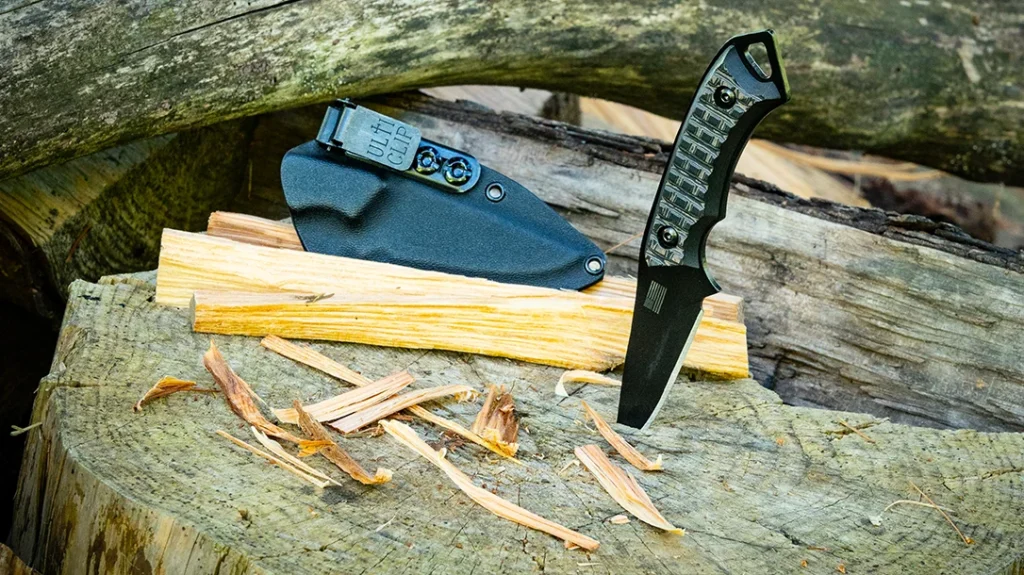
If you have never used an Ulti-Clip, it locks to fabric or a belt with a low profile and serious bite. That lets you carry the Badger in a front pocket, on a belt, or inside a pack strap without needing a thick loop or extra hardware.
Advertisement — Continue Reading Below
For instructors, hikers, or parents who are in and out of vehicles all day, fast, repeatable mounting matters. The Badger’s sheath makes that easy.
A Badger in Hand
The knife itself is compact, which is exactly why it works. Overall length is 6.25 inches with 2.5 inches of cutting edge out front. Blade stock is a stout .125 inches. Scales are large slabs of G10, and the handle fills the hand with confidence.
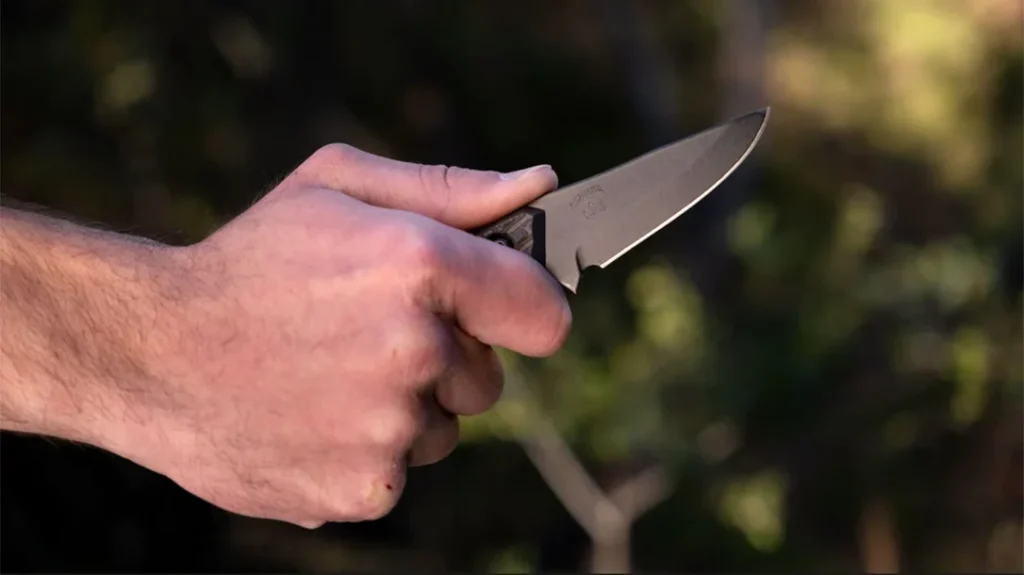
Advertisement — Continue Reading Below
At roughly .620 inches thick through the grip, you get a palm-filling handle that resists twisting when you are torquing through dense material. There are no sharp edges on the scales or hot spots during prolonged use. Likewise, the textured surface stays honest when your hands are wet.
Weight is a sensible 3.5 ounces for the knife and 5.1 ounces for the whole package. So, you will actually carry it rather than leave it in a tote.
Blade Steel & Grind
Bonds Creek chose AEBL stainless, which is a smart pick for a small camp and utility blade. AEBL is well known for fine edge stability, toughness that belies its stainless label, and easy maintenance after wet work or acidic food prep. In the real world, that means you can cut produce, process protein, or break down salty packaging, then wipe the blade clean and keep moving.
Advertisement — Continue Reading Below
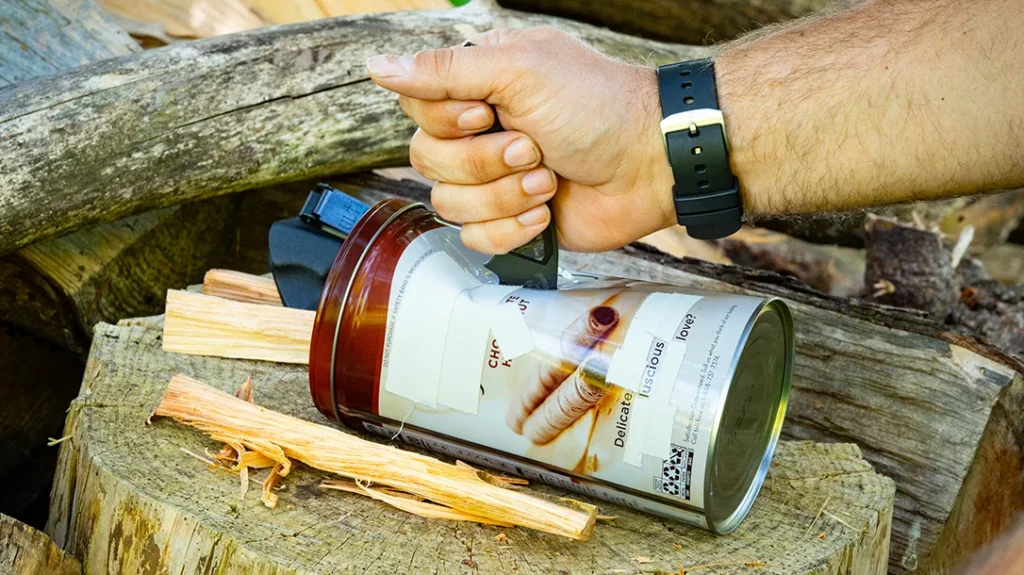
The Badger is powder-coated in black, which adds further corrosion insurance and diffuses glare. I would be perfectly happy with raw stainless on this steel. However, the coating does not get in the way during use.
The grind and tip geometry tell you what the Badger wants to be. The bevel is steep, and the profile climbs sharply toward the point. You trade a bit of ultrafine slicing for robustness at the tip, and that is by design. On a field knife that will see prying, puncturing, and woodwork, I will take that trade every time.
Advertisement — Continue Reading Below
The Badger in the Field
Every “hard-use” claim in marketing is noise until the knife touches something that fights back. I started with a simple puncture-and-pry test on a steel can, then opened a new hole in the bottom to pour cleanly.
The Badger’s point walked through with authority, and the bevel supported the cut while I levered metal outward. However, the edge came away without dings or chips. The tip did not blunt, which is exactly what that reinforced geometry is meant to prevent.
From there I moved to wood. The Badger is short. So, you won’t be baton-splitting wrist-thick logs, and you shouldn’t expect it to. However, it shines at creating kindling and tinder. That thick stock and confident handle let you drive through smaller rounds cleanly. Then, you can pivot to carving notches and making shavings without changing tools.
Advertisement — Continue Reading Below
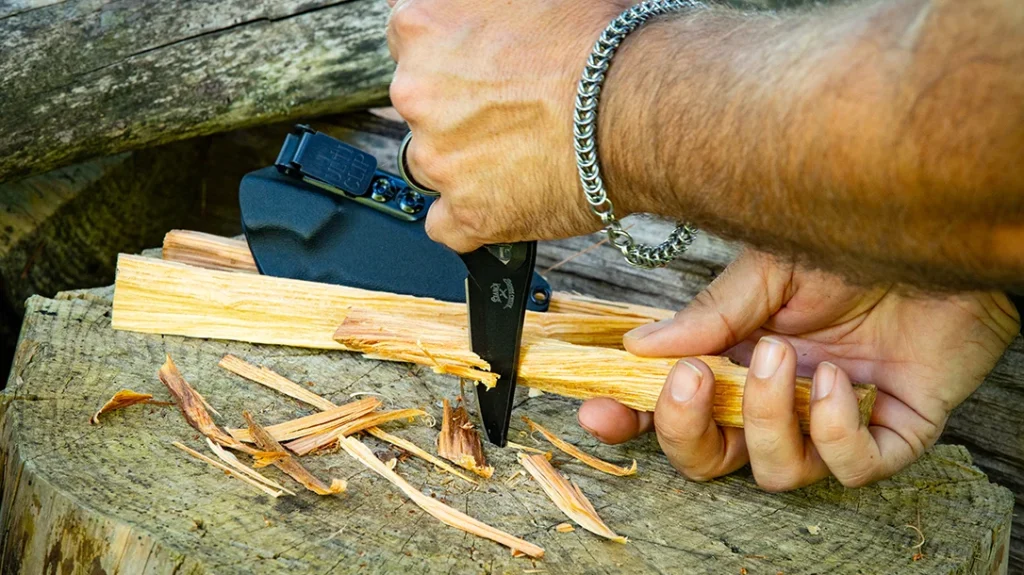
The steep primary bevel wants pressure rather than delicate feathering. You can still make clean curls with practice. However, a touch of jimping on the spine would help index the thumb during finer work.
As the knife ships there is no jimping. So, you rely on the scales for traction, which thankfully are up to the task.
Advertisement — Continue Reading Below
Not Just a Camp Cutter
There is an interesting quirk to the Badger’s design that outdoors people will appreciate. The exposed tang terminates in an aggressive point. It works as a glass breaker, as a compliance tool for non-lethal strikes, and as a general utility nub for scraping or nudging knots without risking the edge.
On a small belt knife that will live around people and gear, that tool built into the frame is useful.
Pro and Con
The Badger is not a dainty slicer. That is not a bug, it is the ethos of the knife. The steep bevel and thick stock make it more tool-like than a kitchen prep specialist. If your goal is paper-thin tomato petals, this is the wrong instrument.
Advertisement — Continue Reading Below
If your goal is to open a stubborn can, baton small rounds into fire-friendly pieces, cut line, carve a stout picket, and do it all with a blade you can actually carry every day, the Badger is at home.
I would like to see two tweaks in a future run.
First, a few lines of spine jimping right where the thumb naturally rests. This would improve feel during control cuts and when your hands are slick.
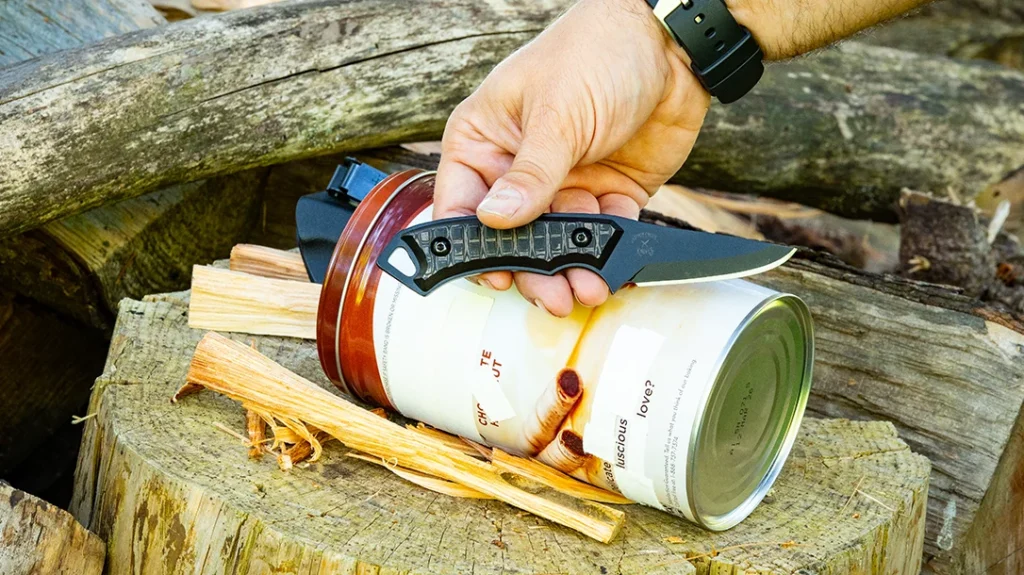
Second, since the AEBL stainless already carries excellent corrosion resistance, a raw satin or stonewashed finish could cut glare and wear more gracefully than powder coat over time.
Neither is a dealbreaker. However, both would move the Badger from very good to outstanding for my use.
Maintenance
AEBL rewards simple habits. Touch up the edge before it gets truly dull. After salty or acidic work, rinse or wipe and dry. Because the blade is short, a few passes on a strop, ceramic rod, or fine diamond plate bring the bite right back.
The coating helps where it covers, and the stainless foundation covers the rest. This is a knife for people who actually use knives.
Bonds Creek Badger Value and Verdict
At a retail price of $139.99, the Bonds Creek Badger lands in a sweet spot. You get a compact American-style belt knife with a real sheath solution, a steel that makes sense for mixed camp and EDC chores, and ergonomics that invite hard work. You also get a maker you can call by name. That matters when you break gear for a living and need support that is more than a ticket number.
I started skeptical and finished impressed. The Badger reads like a practical answer to the “small fixed blade” question a lot of outdoors people wrestle with. It is small enough to live on your belt without complaint, tough enough to do the ugly jobs, and designed by someone who understands how knives get used when the weather turns and hands are cold.
If you pick one up, tell Dave that Mitch sent you. Then go get it dirty, clean it up, and make it part of your kit.
Adventure safely.
